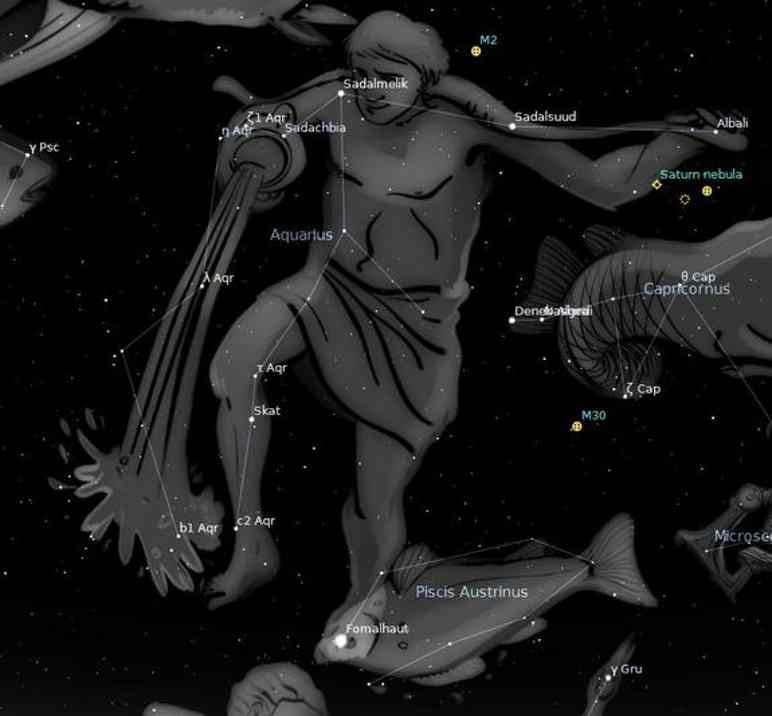Welcome back to Messier Monday! Today, we continue in our tribute to our dear friend, Tammy Plotner, by looking at the star cluster known as Messier 73.
During the 18th century, famed French astronomer Charles Messier noticed the presence of several “nebulous objects” while surveying the night sky. Originally mistaking these objects for comets, he began to catalog them so that others would not make the same mistake. Today, the resulting list (known as the Messier Catalog) includes over 100 objects and is one of the most influential catalogs of Deep Space Objects.
One of these objects is Messier 73, a four star asterism located approximately 2,500 light-years from Earth. It is visible in the southern part of the Aquarius constellation, near the border of Capricornus and just southeast of Messier 72. Given that Aquarius and Capricornus are relatively faint constellations, this object is one of the more challenging Messier objects to find in the night sky. Continue reading “Messier 73 – the NGC 6994 Star Cluster”


